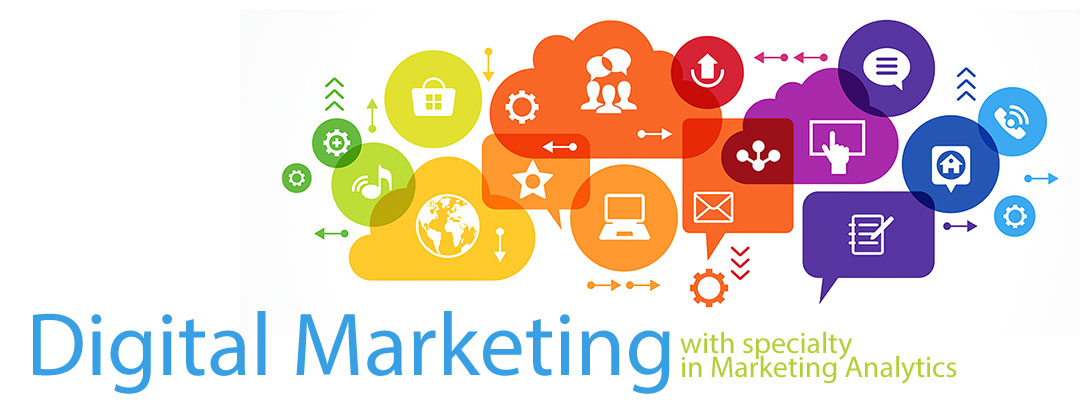Source – cioreview.com
As a digital marketer, have you ever created a spreadsheet containing the individual purchase history of all consumers searching for a product in your category, the time of day they’re most likely to purchase, the type of device they’re using when they last made a purchase, their location when they made that purchase, numerically calculated ad creative quality and various other proprietary Google data points; then used this information to manually adjust each bid – in real-time, 24 hours a day – for every single auction?
If you have hundreds of hours, a very powerful laptop and a lot of coffee, you may be able to analyze all this data manually (though even then, I doubt you could optimize your bid for every auction). Or you could use Google Adwords Smart Bidding, an implementation of machine learning which makes it possible for Google to set the right bid at auction-time in real-time using all these data points and more.
Along with the rise of Big Data, Machine Learning is perhaps the most revolutionary technology to change the landscape of digital marketing. Machine Learning leverages extremely large data sets (big data) marketers are now able to capture, learns from this data and creates actionable data points and insights that can be leveraged by marketers to create entirely new levels of understanding of your customers, personalization and optimization opportunities to exponentially increase the effectiveness of marketing campaigns.
What is Machine Learning?
Let us start by establishing a basic understanding of machine learning. We have all heard the terms artificial intelligence, machine learning, and deep learning – which are sometimes used interchangeably. According to Wikipedia, Artificial Intelligence (AI) is the intelligence exhibited by machines or software. AI is an area of computer science that emphasizes the creation of intelligent machines that work and react like humans.
Machine Learning (ML), on the other hand, is a subset of Artificial Intelligence. In other words, ML is a type of AI where computers or software learns to do something without being programmed to do it.
For example, I could program a computer to recognize a set of specific pictures of me and say, “Hi Jerelle!” However, if I want the computer to recognize both this current set of pictures and future pictures of me, I could train the program by showing it pictures of me and many other people, the program would eventually learn the pictures that represent “Jerelle.” The program does this by learning the combination of distinctive features associated with “Jerelle” and makes me visually different from other people. ML uses features and statistical methods to teach and enable machines to make and improve experiences, predictions, and behaviors based on data inputs. Data inputs can include a survey a customer complete, their site activity, products in their shopping cart, their purchase history and much more.
Deep Learning (DL) is a subset of machine learning just as football is a subset of sports. Deep Learning performs the machine learning process using an artificial neural network (ANN) that is composed of a number of levels arranged in a hierarchy.
What is an artificial neural network you ask? ANN are brain-inspired systems that are intended to replicate the way humans learn. They consist of input and output layers that find patterns that are too complex for a human to extract and teach the machine to recognize. For example, using a supervised learning method, you might teach a machine to recognize birds by providing sample animal pictures, labeling them bird or no bird and the network will extract characters via the levels of the network and create its own set of characteristics that correctly identify a bird.
